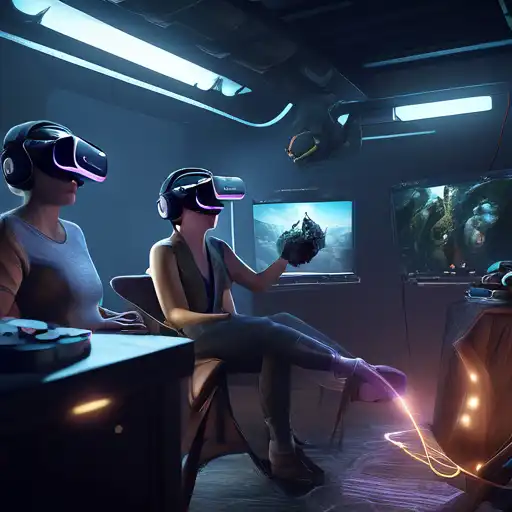Introduction to Virtual Reality
Virtual Reality (VR) has transformed the way we interact with digital environments, offering unparalleled immersion. This guide delves into the essentials of creating immersive VR experiences that captivate and engage users.
Understanding VR Technology
Before diving into creation, it's crucial to understand the components that make VR possible. From headsets to motion tracking, each element plays a vital role in crafting a seamless experience.
Designing for Immersion
Immersion is the cornerstone of VR. Learn how to design environments and interactions that fully engage users, making them feel present in the virtual world.
- Focus on user comfort and avoid motion sickness
- Incorporate realistic physics and interactions
- Use spatial audio to enhance presence
Choosing the Right Tools
Selecting the appropriate software and hardware is critical. Explore popular VR development platforms like Unity and Unreal Engine, and understand their strengths in VR project development.
Optimizing Performance
VR demands high performance to maintain immersion. Discover techniques to optimize your VR experiences, ensuring smooth framerates and reducing latency.
- Implement efficient rendering techniques
- Optimize assets for VR
- Test extensively on target hardware
Testing and Iteration
Testing is vital in VR development. Learn how to gather user feedback and iterate on your designs to improve immersion and usability.
Future Trends in VR
Stay ahead of the curve by exploring emerging trends in VR technology, from advancements in haptic feedback to the integration of AI for more dynamic environments.
Creating immersive VR experiences is a challenging yet rewarding endeavor. By following this guide, you're well on your way to mastering the art of VR development. For more insights into technology trends, explore our related content.
